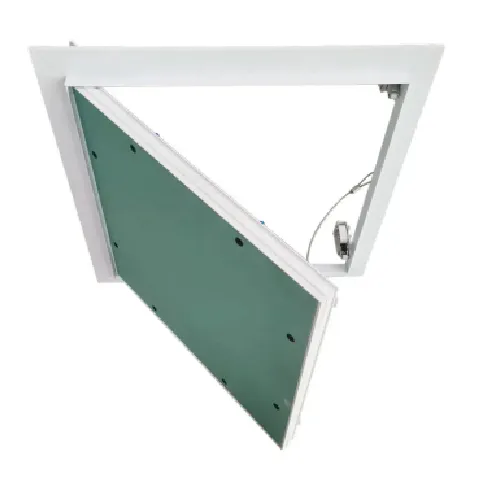Jan . 01, 2025 15:00 Back to list
Cost Analysis of Suspended Ceiling Grid per Square Foot
Understanding the Cost of Suspended Ceiling Grid per Square Foot
Suspended ceiling systems, commonly known as drop ceilings or false ceilings, have become a popular choice for both residential and commercial spaces. They not only enhance aesthetics and provide opportunities for insulation and soundproofing but also allow for easy access to mechanical systems hidden above the ceiling plane. However, one of the primary concerns for anyone considering a suspended ceiling is the cost, specifically the cost per square foot of the suspended ceiling grid.
What is a Suspended Ceiling Grid?
A suspended ceiling grid consists of a framework of metal channels that support ceiling tiles or panels. This system is often suspended from the overhead structural ceiling using wires or attached to wall brackets. The grid is designed to hold lightweight tiles made from various materials, including mineral fiber, fiberglass, or metal, and can accommodate various designs and colors.
Factors Influencing the Cost
1. Material Quality Different materials have varying costs. For instance, mineral fiber tiles are generally more affordable than metal tiles, but they may not provide the same level of durability or aesthetic appeal. Higher-end options, such as sound-absorbing or decorative tiles, will also significantly raise the overall cost.
2. Grid System Type The type of grid system you choose will affect the cost per square foot. Standard grids are less expensive than specialty systems that may be designed for specific acoustic or environmental requirements. For example, a grid that is designed to reduce sound transmission may cost more due to the advanced engineering behind it.
3. Installation Complexity If the installation requires special consideration, such as adjustments to accommodate existing wiring, plumbing, or HVAC systems, the installation costs will increase. The labor involved in installing a suspended ceiling grid can vary significantly based on regional labor rates and the complexity of the ceiling layout.
4. Design and Customization Custom designs or specific ceiling styles, such as acoustic baffles or integrated lighting, will influence the overall cost. Customized designs may require bespoke materials and additional labor, leading to higher costs.
suspended ceiling grid cost per square foot

5. Size of the Area The overall size of the area being covered also plays a role. Generally, larger projects can benefit from economies of scale, potentially reducing the cost per square foot. However, smaller projects may incur higher costs per square foot due to less favorable pricing on materials and labor rates.
Average Costs
On average, the cost of a suspended ceiling grid can range between $1 to $3 per square foot for standard installations. When you add in the prices for ceiling tiles, which can range from $0.50 to $5 per square foot depending on the material, the total cost can go up significantly. For a complete installation, homeowners and contractors should budget anywhere from $3 to $7 per square foot, with custom or high-end options costing even more.
Financial Considerations and Budgeting
When budgeting for a suspended ceiling grid, it’s crucial to consider both the direct costs of materials and installation, as well as potential long-term benefits. A well-installed ceiling can lead to energy savings through improved insulation, as well as maintenance savings via easy access to mechanical systems.
Additionally, aesthetic enhancements and improved acoustics can increase a property's value, making the initial investment more justifiable. It’s advisable to get multiple quotes from contractors and consider both material quality and workmanship when making your choice.
Conclusion
Suspended ceiling grids are a versatile and functional choice for enhancing spaces. Understanding the costs involved per square foot allows homeowners and businesses to make informed decisions. With various materials, installations, and designs available, potential buyers should thoroughly research and evaluate their options to ensure they receive the best value for their investment. Proper planning and budgeting can lead to an aesthetically pleasing and functional interior that meets all necessary requirements with long-lasting appeal.
-
Quality Ceiling Trap Doors & Access Panels | Easy & Secure AccessNewsAug.30,2025
-
Durable Ceiling T Grid Systems | Easy InstallationNewsAug.29,2025
-
PVC Gypsum Ceiling: Durable, Laminated Tiles for Modern SpacesNewsAug.28,2025
-
Pvc Gypsum Ceiling Is DurableNewsAug.21,2025
-
Mineral Fiber Board Is DurableNewsAug.21,2025
-
Ceiling Tile Clip Reusable DesignNewsAug.21,2025







